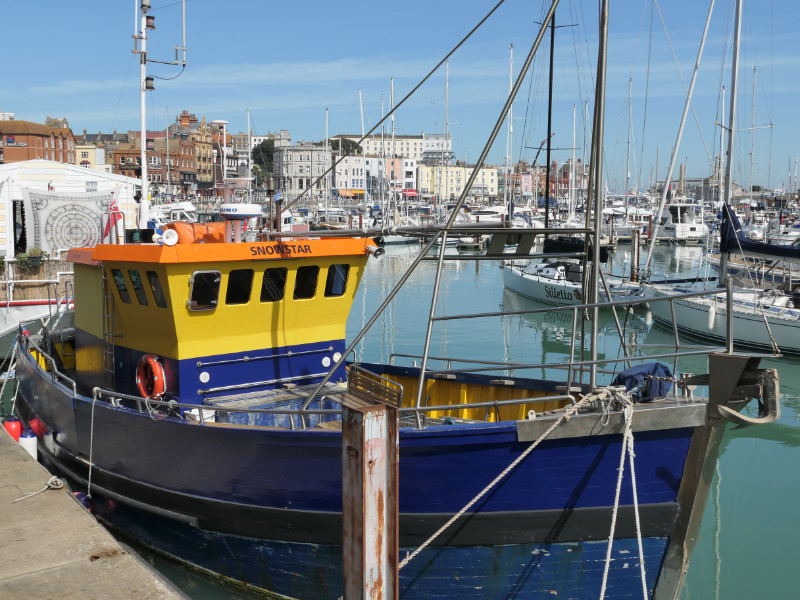The shingle beach at Sidmouth, Devon, is constrained by the presence of cliffs to the east and west. Like many towns along this coast its name derives from its geographical location where a river flows into the sea. In this case the town is at the the mouth of the River Sid. The settlement, again like many of its neighbours, was principally a fishing village but today its prosperity derives from tourism. The attractive sea front with thatched houses on the cliffs now draws visitors who want to experience the beach and the water sports that are available.
photo © T. Boughen Camera: Lumix FZ1000 2


















